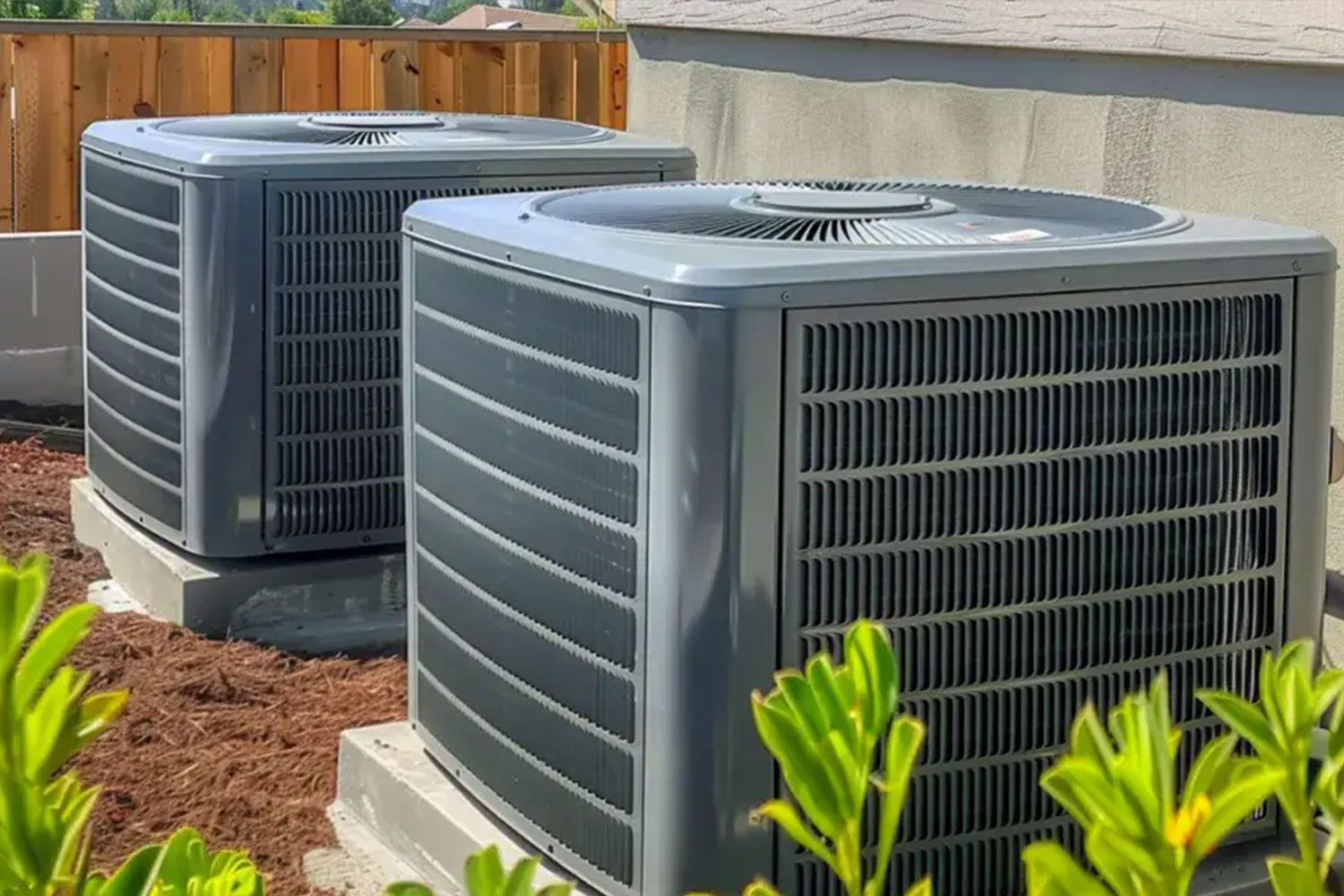Introduction
Your HVAC system isn’t just about comfort — it plays a major role in your home or building’s air quality, energy performance, and health. But if your ducts are leaking, crushed, or poorly insulated, they may be costing you far more than you think — in energy bills, poor IAQ, and even hidden moisture or mold issues.
At Coastal Air Assessments, we inspect thousands of systems across Jupiter, Palm City, and the Treasure Coast, and ductwork issues are one of the most commonly overlooked failures we see. That’s why we take a Building Science-based approach to duct diagnostics.
How Duct Leaks Affect Residential and Commercial Buildings
A typical duct system can lose 20%–30% of airflow through gaps, disconnections, and crushed flex lines — especially in attics and crawlspaces.
Here’s what that really means:
- Energy Waste: Conditioned air leaks into attics, garages, or crawlspaces — forcing your system to work harder.
- Humidity Control Failure: Poor airflow means higher indoor humidity — a key driver of mold and comfort complaints in South Florida.
- Poor Filtration: Gaps on the return side of the system pull dusty, contaminated air into your system — bypassing filters and spreading particles throughout the building.
- Moisture Problems: Condensation forms on undersized or unbalanced ducts, creating cold spots and moisture traps.
Building Science Concepts at Play
- Latent Load Mismanagement: Leaky ducts can cause your system to mismanage humidity (latent load), especially if your AC short-cycles or runs unbalanced.
- Uncontrolled Airflow: Without sealed ductwork, you lose pressure control, which destroys thermal performance and allows for infiltration of attic or crawlspace air (carrying dust, insulation, or mold spores).
- Stack Effect and Return Pressure: Multi-story buildings suffer from hot-air movement and pressure imbalances. Duct leaks magnify these problems — especially on upper floors or in plenum-return systems.
Common Signs of Duct Leakage
- High energy bills
- Musty odors when AC turns on
- Uneven room temperatures
- Excess dust or allergy flare-ups
- Visible crushed ducts or tape repairs in attic
- Black streaks near supply vents (indicating bypassed filtration)
Why Homeowners and Property Managers Should Care
In residential settings, duct leakage often means your child’s bedroom is too hot or too humid, or that allergies seem worse during AC season.
In commercial buildings, duct leakage leads to:
- Staff complaints
- Poor zone control
- Higher maintenance costs
- Reduced HVAC lifespan
What a Professional Duct Assessment Includes
At Coastal Air Assessments, our duct inspection includes:
- Visual Inspection (attic/crawlspace)
- Infrared Scanning (detecting cold spots and insulation loss)
- Moisture and Temperature Data Logging
- Particle Count and CO₂ Testing (for IAQ insights)
- Building Science Review (air balance, envelope integrity)
We don’t just look at the ducts — we look at how the entire system interacts with the building.
What You Can Do Right Now
- Open your attic hatch and inspect visible flex duct for kinks or damage.
- Check supply registers for streaks or condensation.
- If you notice uneven cooling, odors, or excessive dust — it’s time for a duct and IAQ evaluation.
Conclusion
Leaky ducts can destroy comfort, waste energy, and pollute indoor air — and most property owners never know it’s happening.
Call Coastal Air Assessments today at 561-400-0929 to schedule a Building Science duct inspection. We serve homes and buildings in Jupiter, Palm City, Stuart, West Palm Beach, and the surrounding Treasure Coast.

